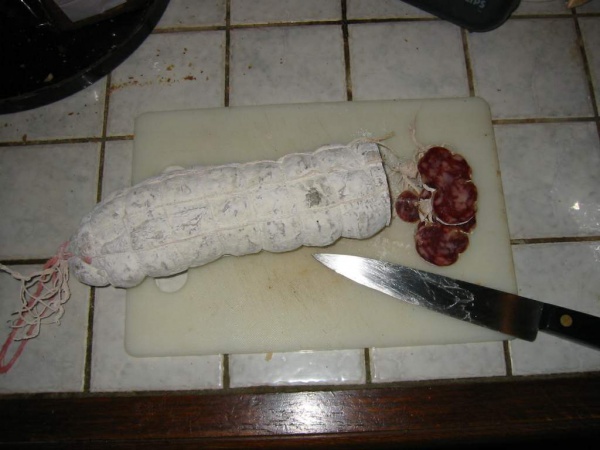Facts About Saucisson
Saucisson, also known as saucisson sec, is a cherished staple in French cuisine. This thick, dry-cured sausage is primarily made from pork or a blend of pork and other meats. Think of it as France's answer to salami or summer sausage. The term "saucisson" originates from the Latin word "salsus" meaning salted, and it is sometimes referred to as "saucisse sèche."
The history of saucisson stretches back to Roman and Gaulish times, with the term first appearing in French literature in 1546, thanks to Rabelais' "Tiers Livre."
So, how is saucisson made? The stuffing generally comprises two-thirds to three-quarters lean meat, with the remainder being fat, often pork back-fat known as "bardière." The meat mixture is ground to different textures depending on the type of saucisson being produced. This blend is then seasoned with salt, sugar, spices, nitrites, saltpeter, and fermenting bacteria. In Europe, specific strains of Lactobacillus sakei are used to help preserve the meat.
But saucisson isn't just about meat and fat. Some versions include peppercorns, garlic, dried fruits or nuts like pistachios and figs, olives, and even cheeses such as Roquefort or Laguiole. For an added kick, some recipes incorporate wine or Génépi liquor.
Whether enjoyed as part of a charcuterie board or as a simple snack, saucisson brings a rich taste of French tradition to the table.

 Switzerland
Switzerland